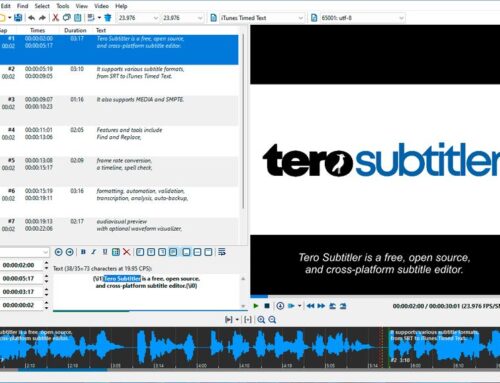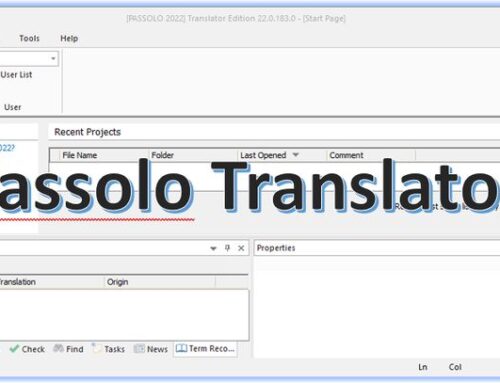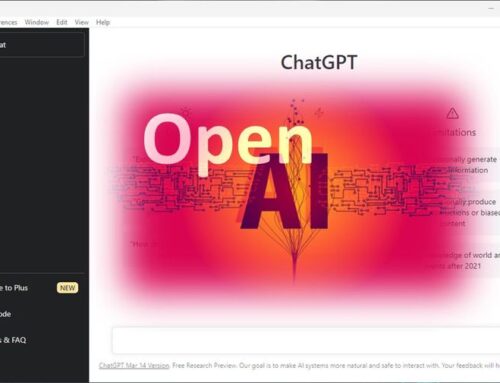Machine Translation Engines and Machine Translation (MT) are here to stay. I said that in the past, when the results were still full of issues, and I have certainly no reason today to change my mind. I continuously work with MT, and recent developments have shown excellent results for some MT engines. However, even with all the improvements, translations that went through an MT process need review. This review is usually called MT Post-Editing (see below).
Technologies
Machine Translation started with rule-based and statistical engines. Later neural translation engines were developed. And today, we are looking at engines that use AI (Artificial Intelligence). The Microsoft Translator started with a statistical engine and now uses neural machine translation. Google started with a statistical engine and now runs its Google NMT engine (Neural Machine Translation) successfully. DeepL is an engine based on Deep Learning (where its name comes from). With many choices, what would be the best engine to use?
Best Machine Translation Engines
DeepL, Google NMT, and ModernMT are the three Machine Translation Engines that are, from my perspective, the best at the moment. This means they provide the best results for my language combinations (e.g., English<>German). However, you should test these engines to find the best for your needs. To try some of the MT engines, you can use QTranslate. Copy or write your sample text into the top field, choose your language combination, and press Translate. The tool allows you to switch quickly from one MT engine to another. Unfortunately, it does not yet support ModernMT. But you will find support for DeepL, Google NMT, Microsoft Translate, and others.
When it comes to the number of supported languages, nothing beats Google NMT with its more than 100 supported languages. DeepL, unfortunately, currently only supports 11 languages.
One of the most fantastic things about the Online DeepL Translator (or the free App you can download) is that you can modify the output in case the first translation does not sound right or natural enough. What does this mean? If you paste your text into the source field, you will get your result on the right. If you are unsatisfied, left-click on a word, and you will see a list of alternatives. Once you choose an alternative, DeepL will change the text to adapt to that new word. Unfortunately, this option is not available for all languages.
A New Challenge
A specific issue with the latest progress with Machine Translation Engines is that the results often look good or even great, but sometimes the meaning is incorrect. This means that reviewers’ focus needs to shift more from finding problems with grammar, word order, etc., toward understanding the content. A well-formed sentence does slip more easily through a review than one with apparent errors.
Pre-Editing And Post-Editing
To get the best results with MT, proper pre-editing of the source content and proper post-editing are needed. The better the pre-editing, the less post-editing is necessary. The pre-editing is not something that the translator should do. The content writer should do it since she or he knows the content best to avoid mistakes in rewriting it.
No doubt, Machine Translation Engines are getting better. But they are still far from perfect. Translators do not need to worry about their job. The translation industry is still growing stronger. There will be changes in how translators perform their job, but plenty of work is still available.




